Using one of the best cameras for photography and videography will give us the best images, or at least the best chances of capturing the perfect shot. There are so many cameras on the market, from DSLRs to mirrorless, that it’s difficult to decide which one to get, especially since each manufacturer claims their camera is ‘the best’ in some area. Luckily though, we’ve done the legwork and summarized our favorites in this article so you don’t have to go trudging around to find the answer.
There are two main types of cameras on the market once you take the leap from compact and smartphones: the DSLR, and the mirrorless. On DSLRs, the view through the viewfinder is piped up the lens by a mirror and prism arrangement, while on a mirrorless camera the viewfinder is simply a screen where a live feed from the sensor is presented. Mirrorless cameras are newer tech and tend to be smaller and lighter. For a more thorough comparison, take a look through our guide to DSLR vs mirrorless cameras.
This guide is separate from our alternate article on the best cameras for astrophotography, as here we’ve focused on more generalist models covering broader photography types. If you want to dip your toe into astrophotography and are looking to get awesome pictures of the night sky, you might want to have a flick through the above article. We have also rounded up some of the best lenses for astrophotography here so you can choose the perfect combination. If you’re here looking for a versatile camera suitable for multiple types of photography, then here are some of our top picks.
Best camera overall
From its expandable 204800 ISO ability to the -3EV autofocus range, the Sony A7 III is a winner for anyone looking to shoot in low light. The full-frame 35mm sensor only shoots 24.5MP stills, which may seem low for this price point, however this is actually the key to its incredible ability to keep image noise low.
A hybrid shooter, the A7 III also captures video footage excellently at 4K UHD 30fps, though it does top out at ISO 51200 as it can’t make use of the expanded option as it does for stills. However, that’s still practically seeing in the dark so we’ll let it off. On a full charge, it can capture 710 still photos (probably much more in real-world shooting conditions).
Thanks to the lens mount users can choose from the extensive range of E-mount lenses on offer which gives tremendous versatility for using this camera in any style shoot. The Sony A7 IV now supersedes this model, however, the A7 III is still a fantastic camera, and now, because it has been superseded, even more affordable.
Best mirrorless camera
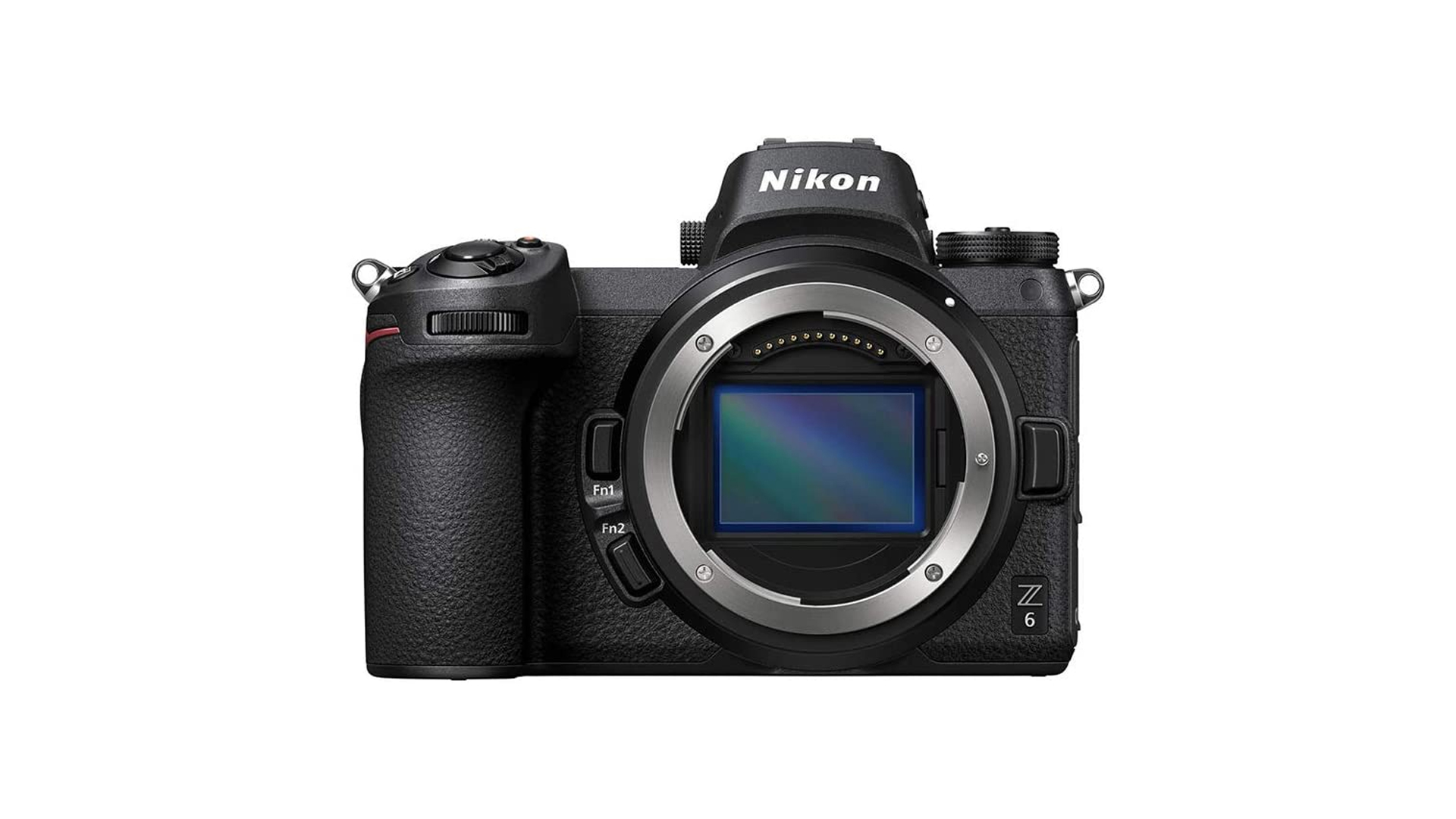
The Nikon Z6 is more accessible than its chunkier (and more expensive) sibling the Z7. Even though the Z6 has lower stills resolution, it has the same five-axis in-body image stabilization as the Z7, and thanks to its slightly more limited 24.5MP, it has much lower image noise – perfect for astrophotographers capturing the night sky in conjunction with an astro lens.
Five stops of in-body image stabilization, sharp Z-mount lenses, and the ability to use Nikon’s back catalog of lenses through the FTZ adapter mean the Z6 is an excellent choice for almost any kind of shooting. Wildlife, sports, portraits, landscapes, product photography. You name it – the Z6 can do it. For fast captures, it runs at up to 12fps for stills, and, if you’ve updated to the latest firmware version, has eye/animal eye autofocus. If you need the professional video capture of ProRes RAW then the Z6 outputs 12K raw video to an external recorder, but note you might need to have this set up at a Nikon service center first.
Best Micro Four Thirds camera
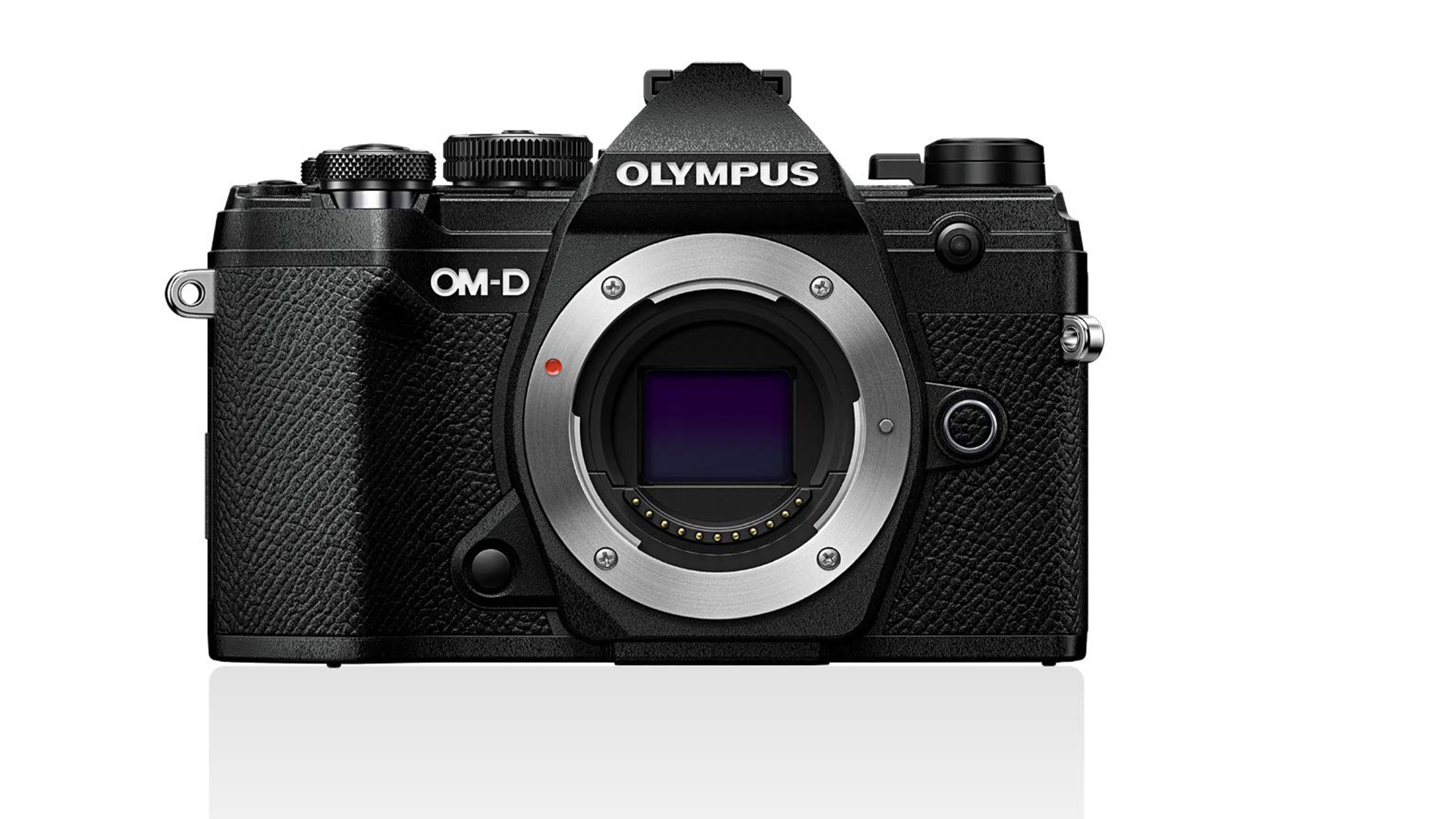
The OM-D E-M5 Mark III is part of the Olympus’s OM-D series, a worthy successor of the Mark II. It has a sensor able to capture 20-megapixel stills, and has improved image stabilization capability. Despite its petite size, it can record full HD video, as well as 4K UHD and slow-motion video in full HD.
The OM-D E-M5 Mark III provides excellent specs at a reasonable price and all in a teeny, compact, lightweight body which you could even hide away in a coat pocket. It’s perfect for solar or lunar photography, as well as sports or wildlife thanks to the 10fps stills shooting, extendable to 15fps with continuous autofocus or which can ramp up even higher to 30fps in Pro Capture mode, though the focus will be locked on the first frame. Overall, the OM-D E-M5 Mark III is a lightweight MFT camera body that can keep up with the bigger mirrorless and DSLR competition and is perfect for those who want to step up from basic entry-level cameras but aren’t ready to fork out for the highest-end professional bodies.
Best budget camera
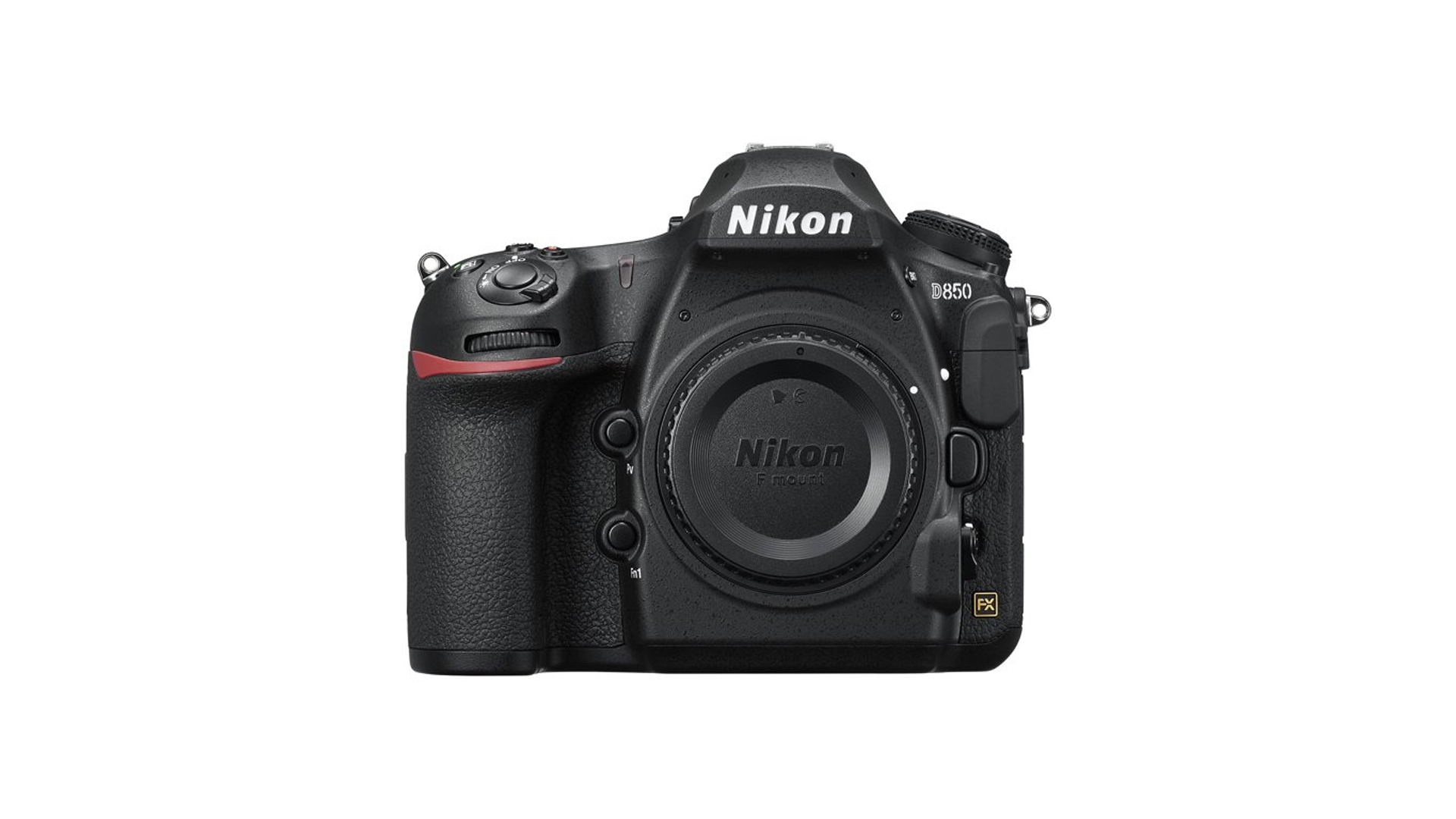
If you need a camera that can do anything, and we mean anything, then the Nikon D850 is the camera for you. Even though it’s coming up to five years old (at the time of writing) it still holds its own against the best mirrorless cameras around today.
It’s at home when shooting wildlife or sports with up to 9fps (with additional battery grip) or capturing portraits with stunning clarity when paired with one of the huge range of F-mount lenses in Nikon’s heritage.
Traditionalists will like the optical viewfinder as it allows them to view the scene directly, rather than on a screen (something you can’t do with mirrorless cameras). With 4K UHD 30fps video, the movie footage looks impressive. You can also capture slow-motion with 120fps full HD video. This allows fast-paced action to be slowed down four times.
This camera is weather-sealed and tough enough to withstand a pounding without compromising performance. It even has lit-up backlit buttons which display key settings in the dark so you can practice your astrophotography without affecting your night vision.
Best beginners DSLR
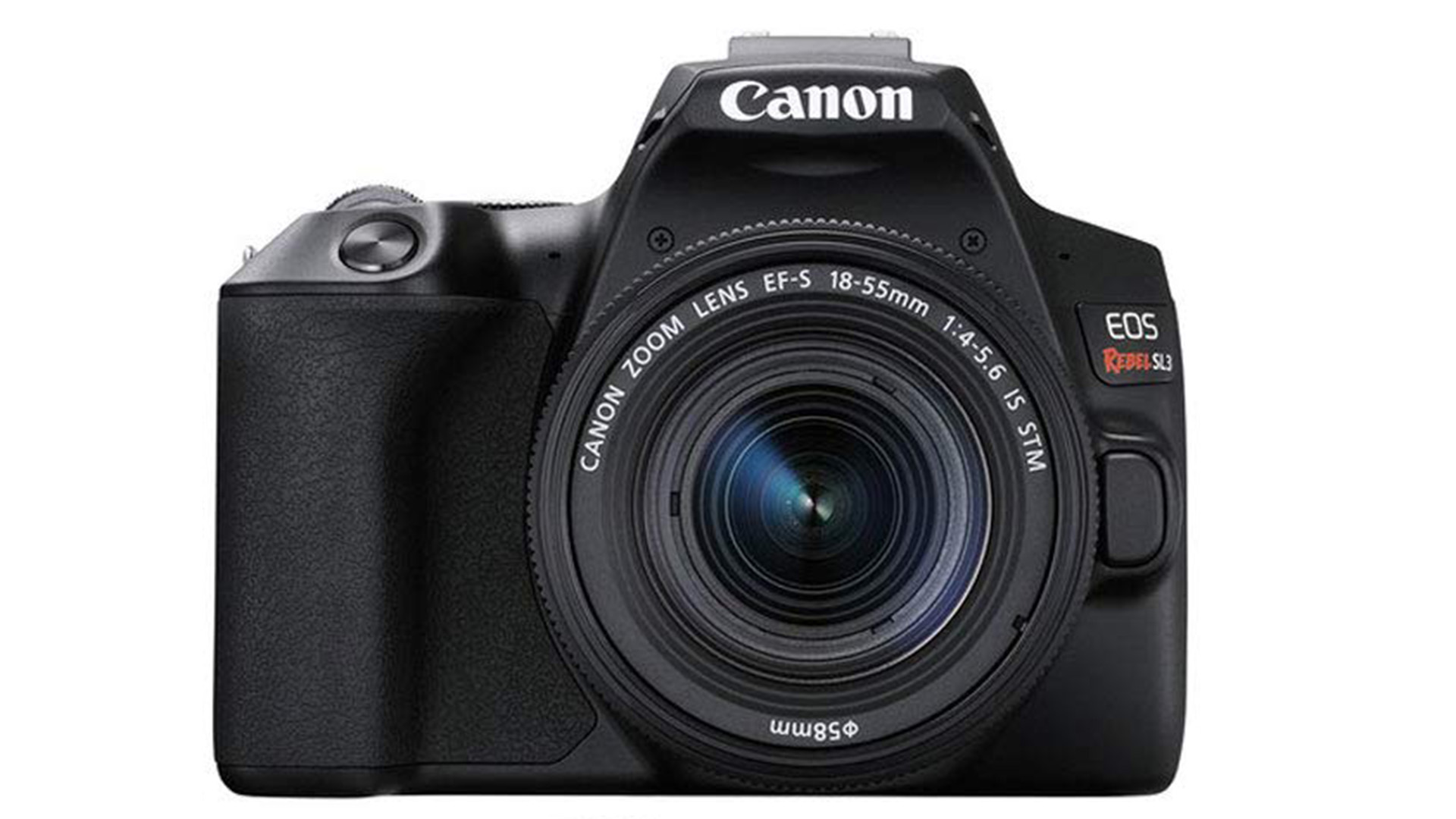
Also known as the EOS 250D, the Canon EOS Rebel SL3 is suited to any photographer who wants to lose weight, in their kit bag that is. Coined as the lightest DSLR in the world with a movable screen it’s certainly ideal for travel photographers, those wanting to take a camera with them on holiday, or if their gear acquisition syndrome has them bogged down with a camera bag full of heavy kit.
The vari-angle touchscreen makes it easy to compose images whether held up above or down low to provide fresh vantage points without having to climb up or lay down in awkward positions.
Having only 9 AF points and only being capable of using UHS-I SD cards, this camera is better suited for beginners and semi-pros, who are looking to keep costs down.
There’s even a useful Guided UI mode that puts the camera into a kind of tutorial mode to help guide users new to photography (and the camera) through shooting options. With Creative Assist mode, you can add filters, effects, and color adjustments to perfect your images while you shoot, or you can edit them after taking the photo. This is especially helpful if you don’t want to start experimenting with third-party image editing software right away.
Best for street and fast photography
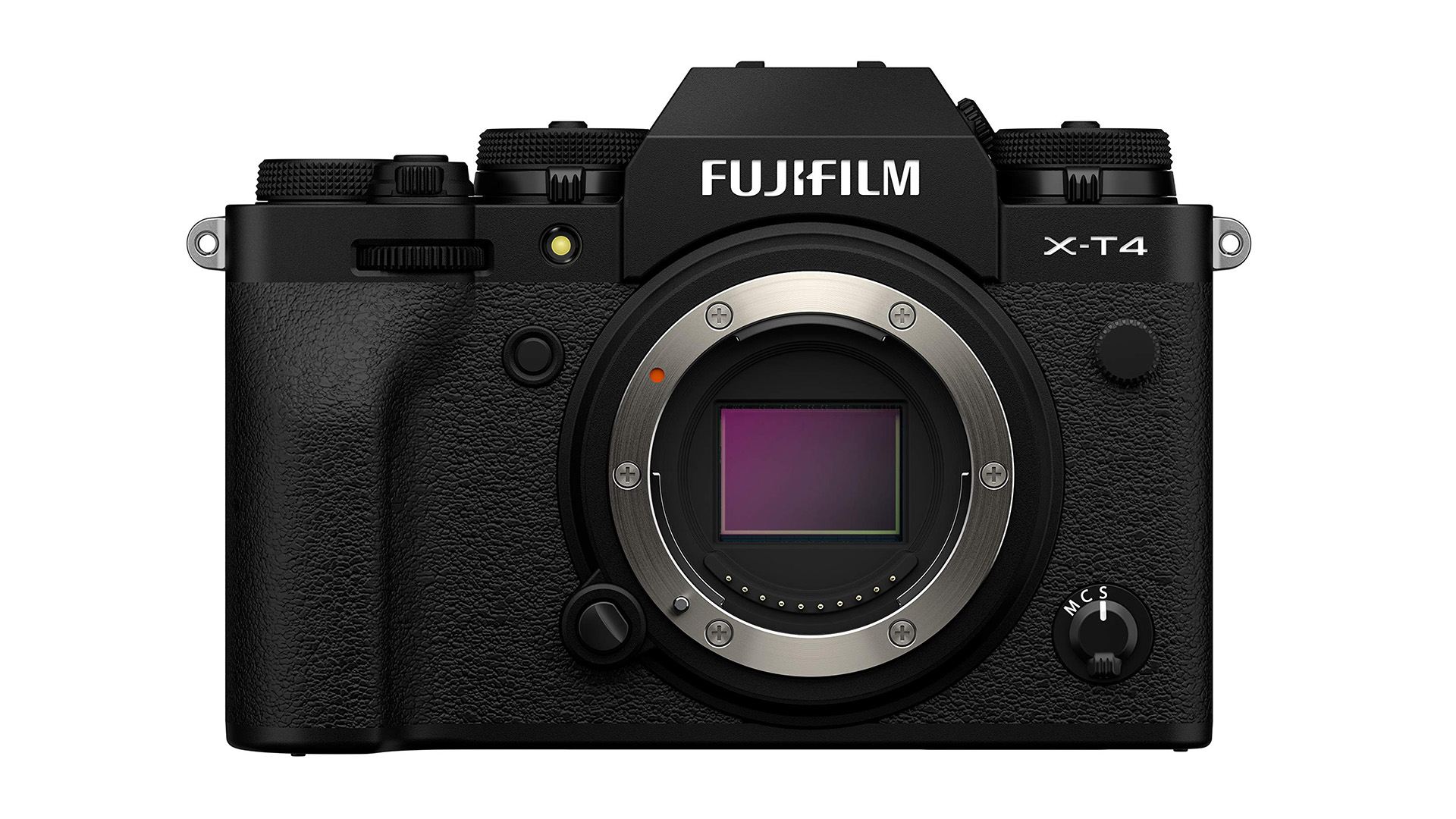
Fujifilm has packed a lot of camera into a small body in the X-T4 and it certainly operates well enough for semi-pros to shoot with, or for professionals as a second body. As standard it can capture stills at a blistering 15fps mechanically. Should you want to go faster, this little camera can use an electronic shutter with a 1.25x crop mode to reach up to 30fps – that means sports, wildlife, or any fast-paced action (even tracking solar or lunar events) is perfectly suited to the X-T4.
With the X-T4’s hybrid contrast and phase-detection autofocusing technology, it uses 425 AF points for dependable focus in every shot. This camera comes with two helpful SD card slots that are both UHS-II compatible, so you won’t have to worry about losing a shot with its fast burst mode and 60 frames per second video. Because of its classically elegant design, and thanks to its latest mirrorless features, the Fujifilm X-T4 is reminiscent of old SLRs without any of the drawbacks. A beautiful camera with great specs makes this one of the best APS-C cameras on the market.
Best for beginners
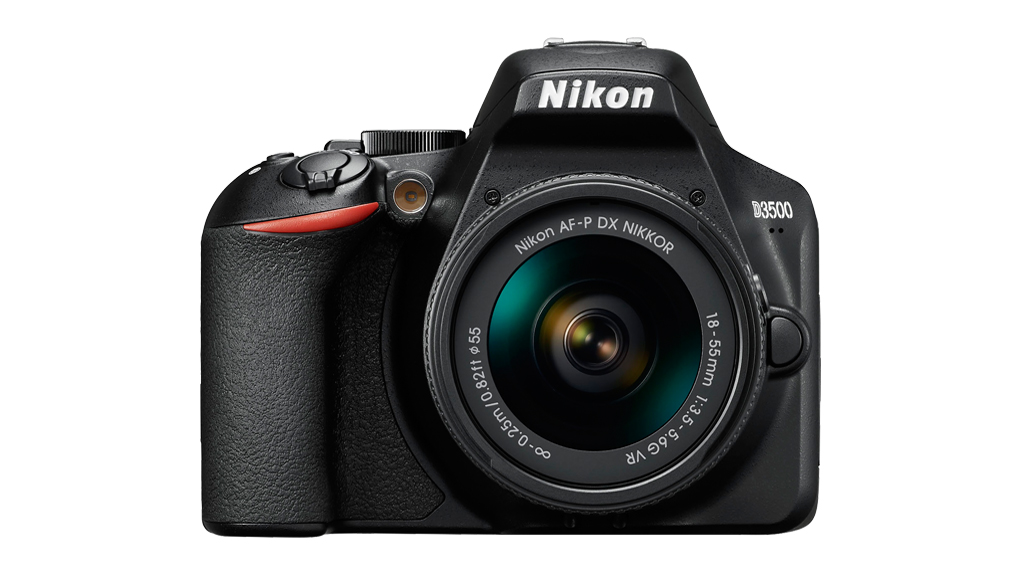
An entry-level, versatile camera, the Nikon D3500 is designed for those who want to get started in photography without spending the big bucks. The D3500’s crop sensor means all lenses will have an extra 1.5x crop, which is useful for astrophotography, wildlife, and sports photography. The extra crop means you can get more reach with cheaper lenses, allowing distant subjects to appear larger within the frame.
The Nikon D3500 contains 11 autofocus points in the middle of the frame. While this sounds a little restrictive it isn’t too much of a problem because you can use autofocus, lock it, and recompose. However, bear in mind focus can be missed slightly when using fast apertures on longer telephoto lenses, because the movement between focus and shutter release alters the distance of the lens to the subject.
Its 24.5MP stills produce plenty of detail for photographs to be used online and in print, matching that of many flagship DSLR cameras across brands. This gives extra scope to crop in on subjects should composition need tweaking after capture. The D3500 records 60fps full HD video footage which is brilliant for a camera of this size and price point. It means smooth movie capture, perfect for YouTube and social media. It looks small and lightweight even when compared to the notoriously smaller and lighter mirrorless cameras. That, plus the reasonable price makes this camera ideal for beginners.
Best for online content creators
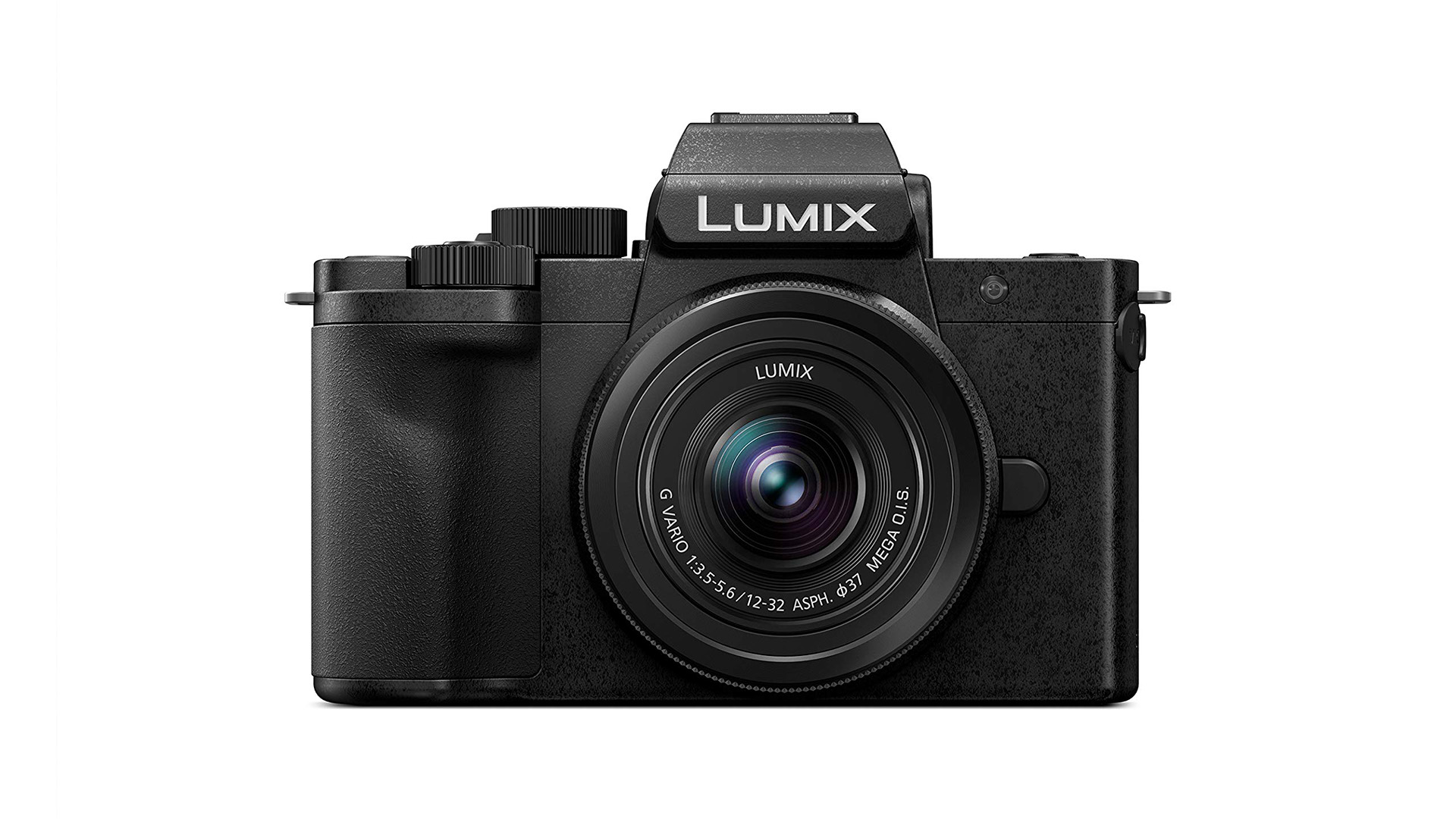
This compact mirrorless camera is aimed at a content creator market. Those who want to focus on producing good quality stills and especially video content for use on YouTube, Facebook, TikTok and other social media platforms. It comes with a 180-degree rotating monitor screen for selfie shooting, and it simultaneously enhances depth of field while using face tracking so that it can keep both you and the background nice and sharp allowing you to move and speak freely.
There isn’t any in-body image stabilization (a surprise as this is the case with almost all the mirrorless bodies on this list) but it does have 5-axis IS. This hybrid approach to image stabilization uses the lens’ optical stabilization and combines it with the camera’s electronic stabilization to produce a smooth finish. Note, however, that this drops to 4-axis IS when shooting 4K video.
Adding to the content creator inspired design, the G100 also features intelligent microphone audio called Ozo, designed by Nokia. This changes the directionality and sensitivity of the in-built microphone based on face recognition for clearer audio and negates the need for an external mic.
More benefits from this compact mirrorless include an option to shoot vertical video, ideal for social media without the post-processing required to crop it down. The Bluetooth connectivity with a dedicated button shares content to smartphones and tablets with ease.
Conclusion
To conclude, there are loads of options to suit individual photographers’ needs. If you’re a beginner looking to get into photography for the first time you may want to get something a little less intimidating (and expensive) and go for a compact mirrorless or entry-level DSLR that can help guide you through camera settings and filters to make the best creative choices upfront. However, those looking for a little more from their kit can rely on the bigger mirrorless and DSLR camera bodies to benefit from powerful in-body image stabilization, fast burst shooting speeds, high quality 4K video capture, and an interchangeable lens format to suit almost any shooting conditions.
It’s not all about the camera body though. Lenses play a huge part in creating the image, so take some time to research what lens ranges are available (if the camera you’re looking at allows for interchangeable lenses) because some have more options than others. Wide-angle lenses offer a bigger field of view for landscapes and astro, but telephoto lenses zoom in on far-away subjects like birds and athletes. Each will come with different maximum apertures, altering the camera’s settings whilst shooting to maintain good exposures.
As well as shooting on decent cameras, you’ll probably need a tripod as well. This is crucial if you’re interested in astrophotography or landscape photography. By using a tripod the camera stays still during exposures which means shutter speeds can be longer and ISO sensitivity lower to get good exposures with minimal image noise. This is also useful for shooting moving subjects as blurs such as moving clouds or waterfalls. See our shortlist of best travel tripods and best tripods for astrophotography and landscape photography to help you choose.

